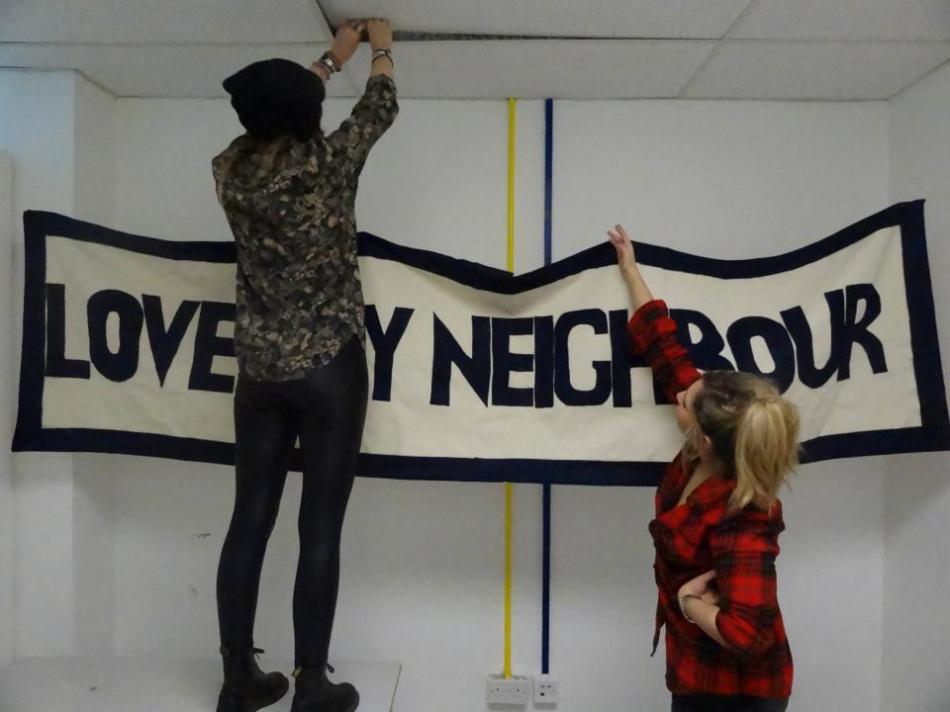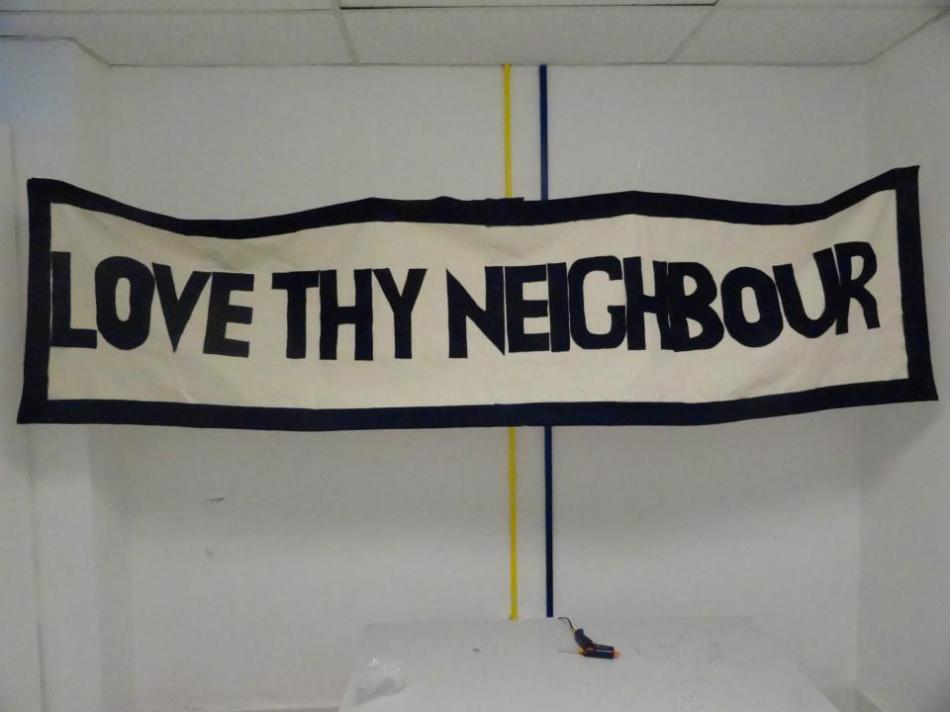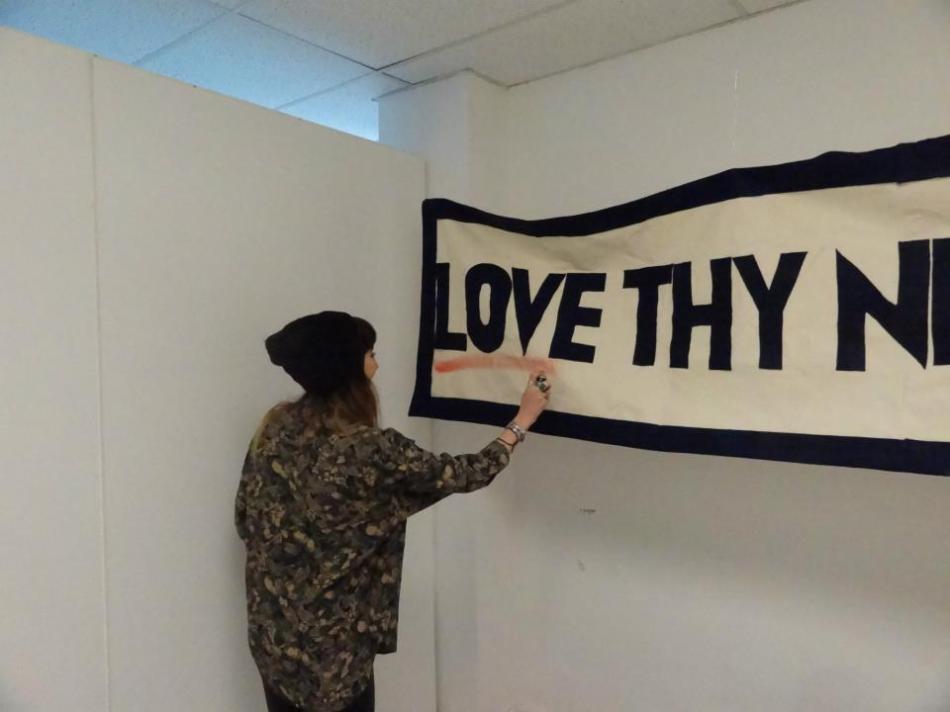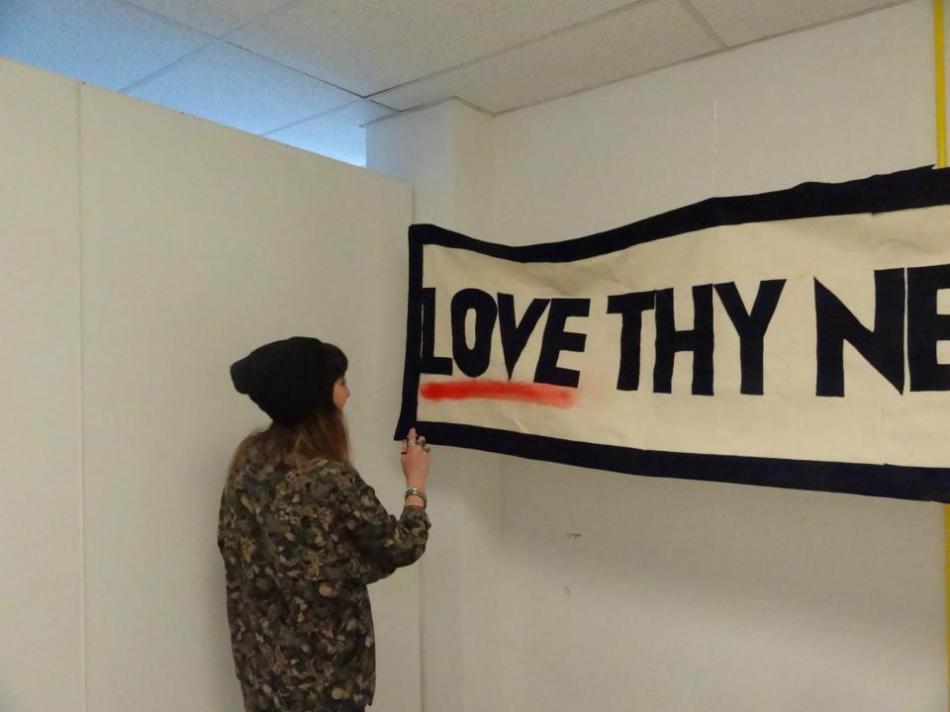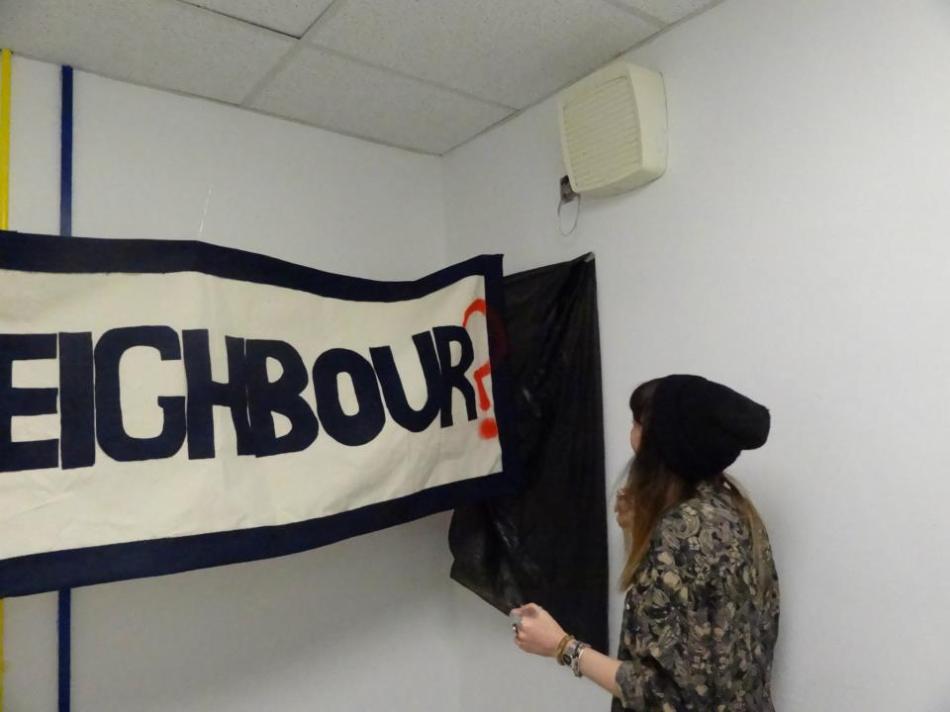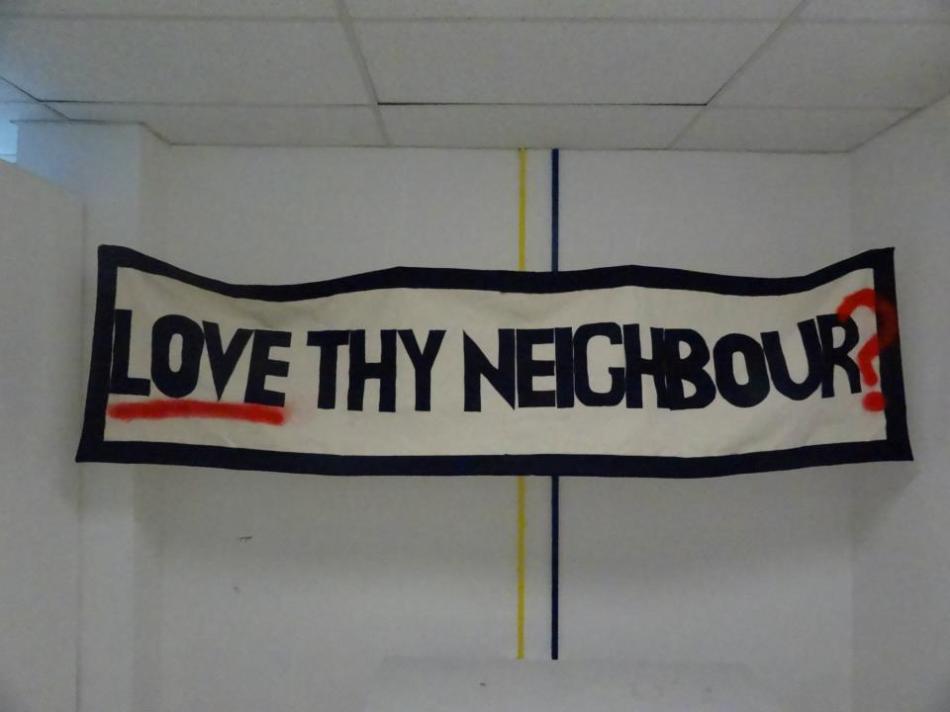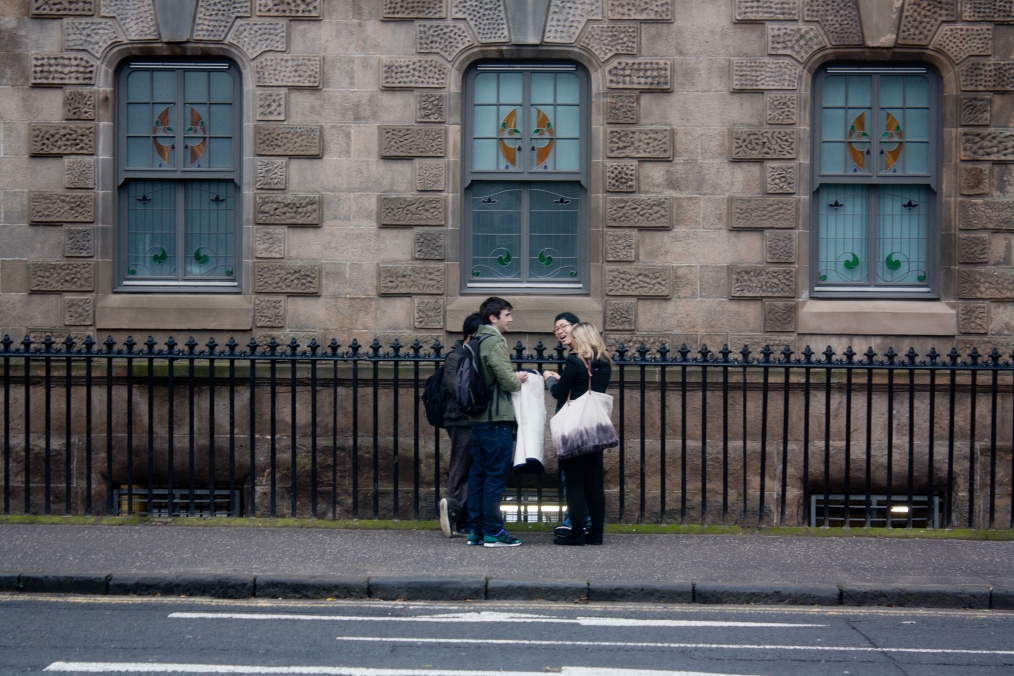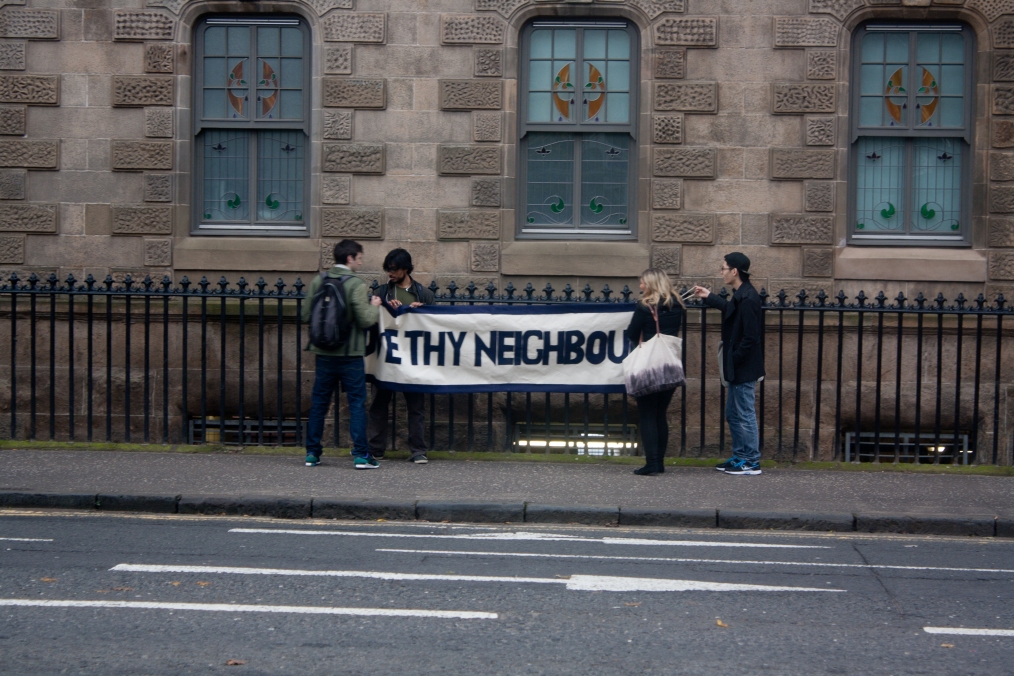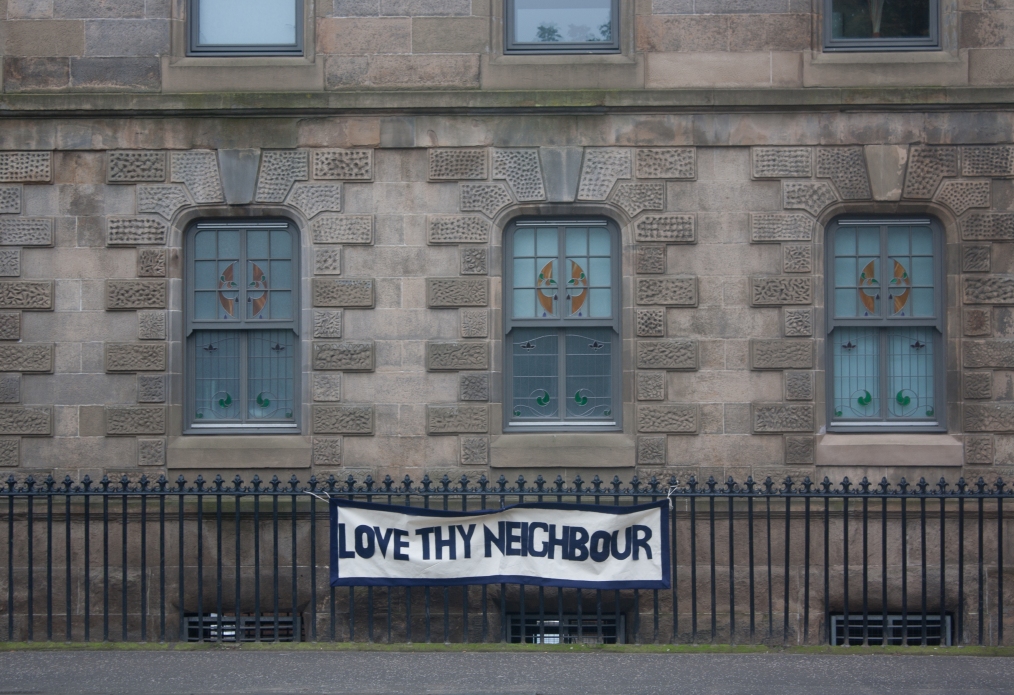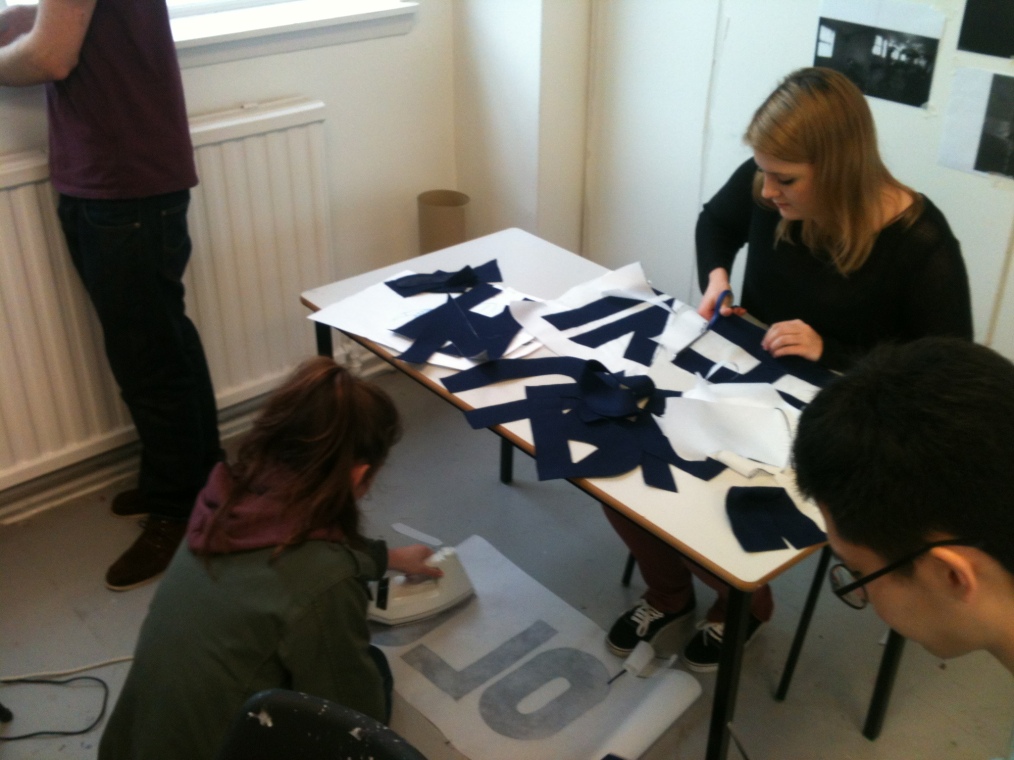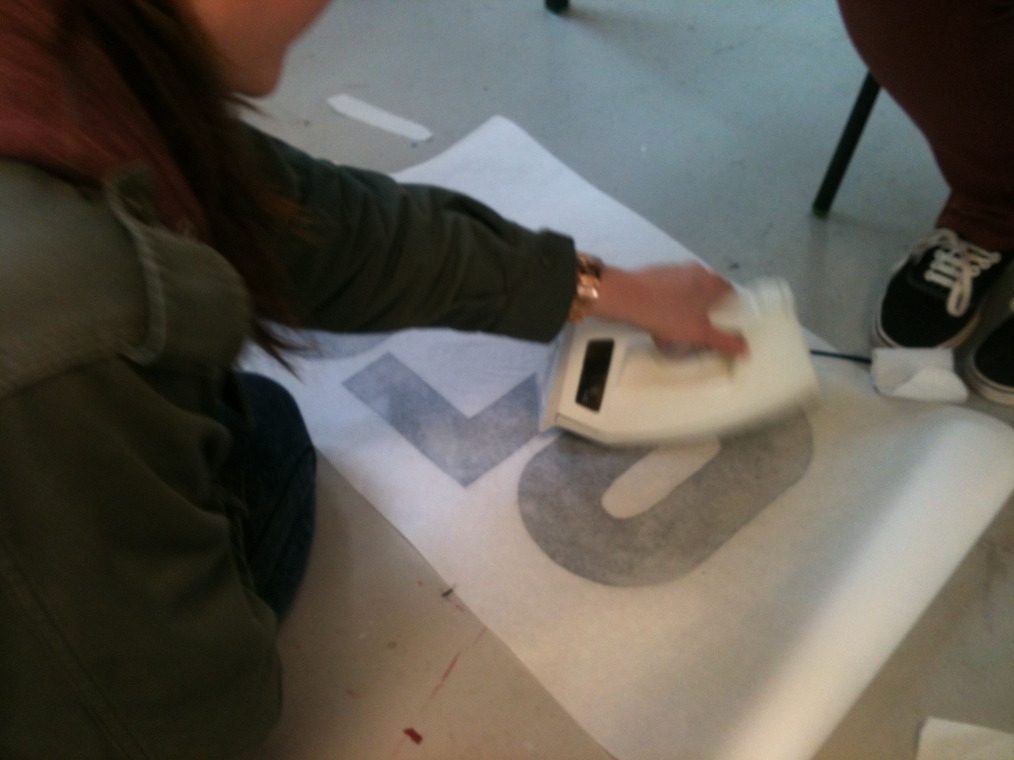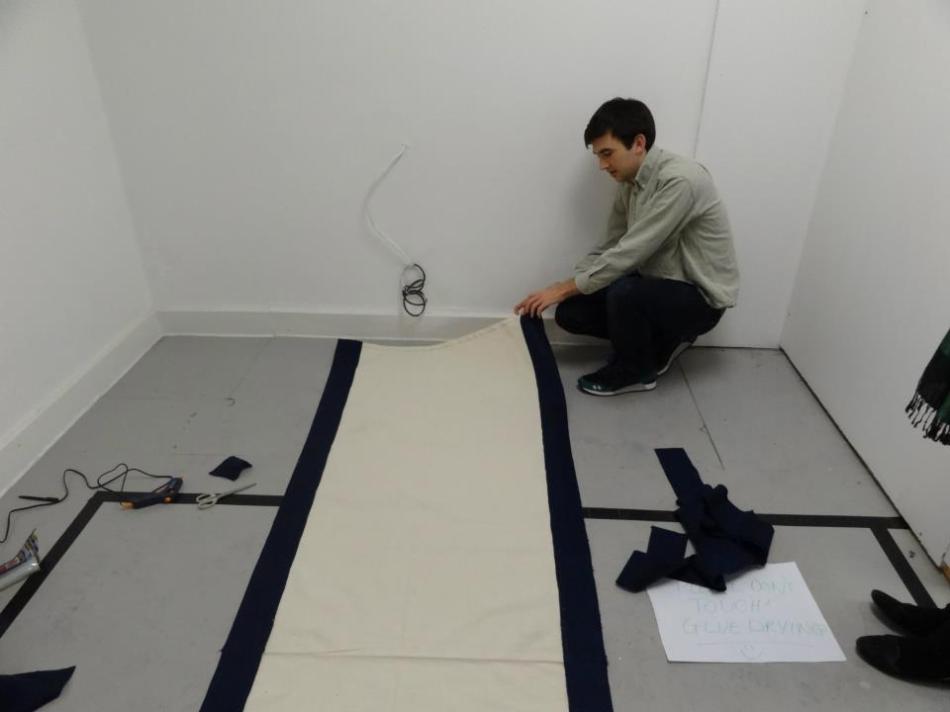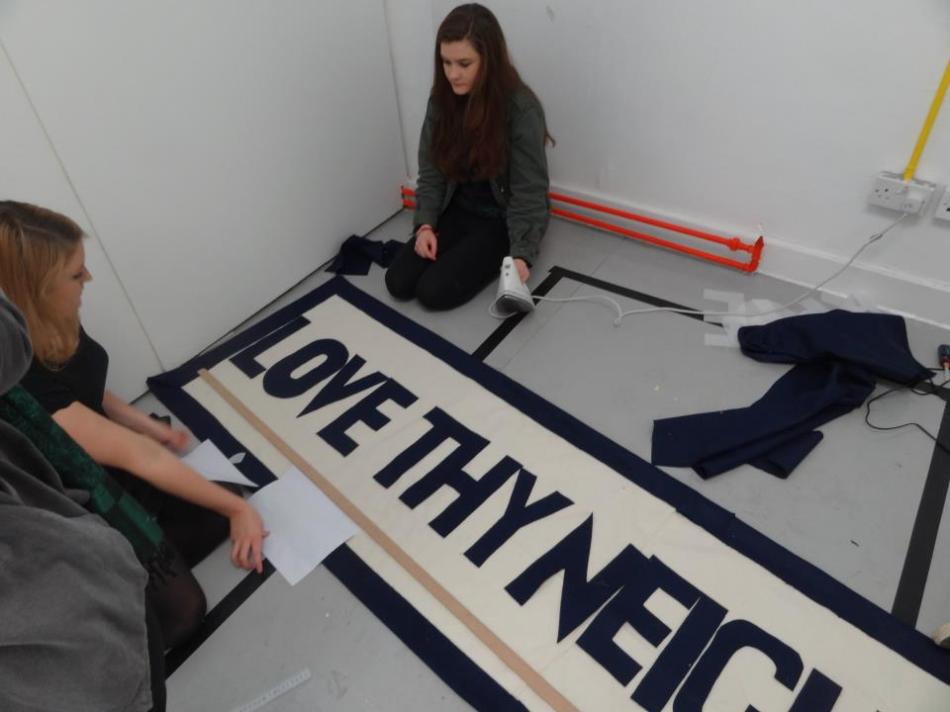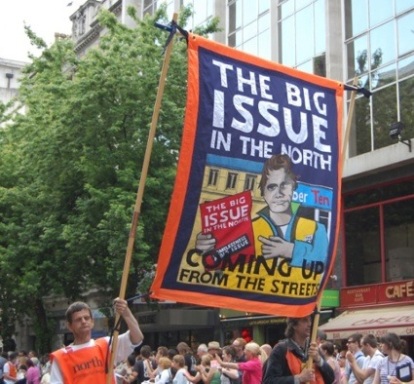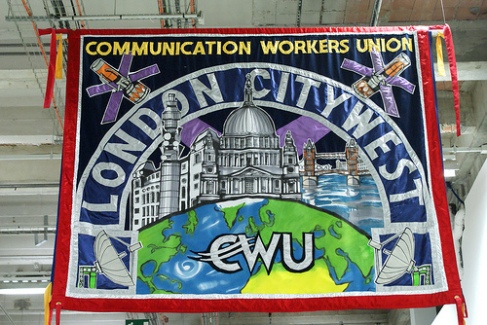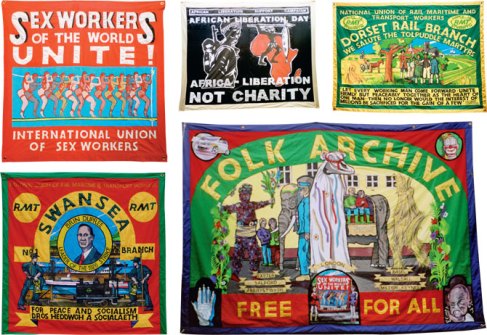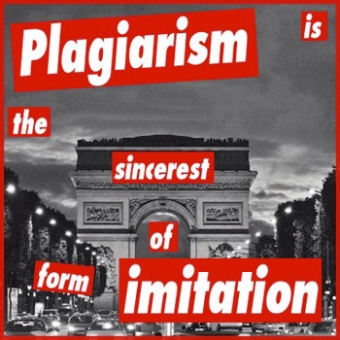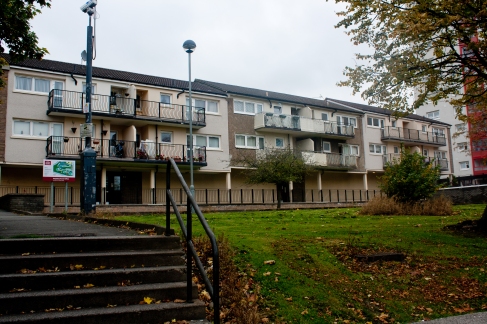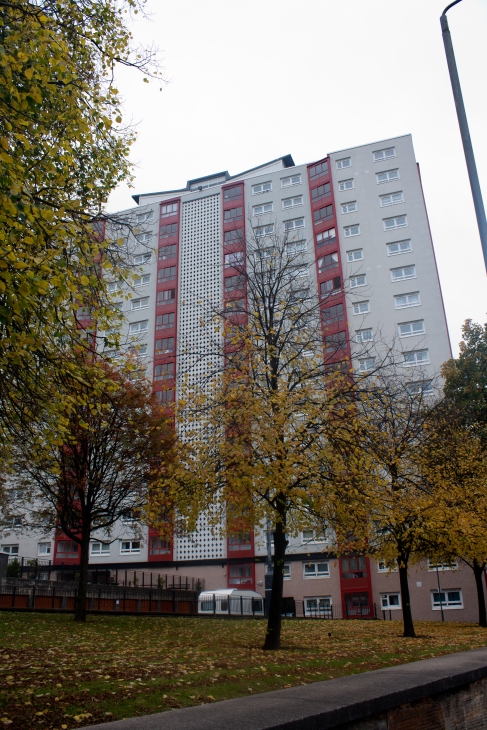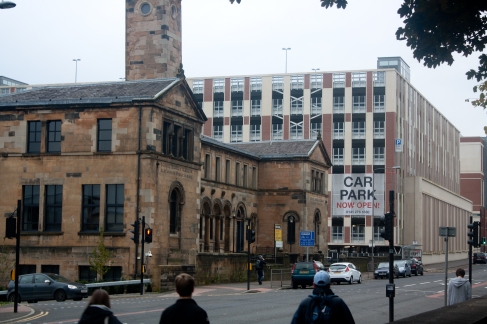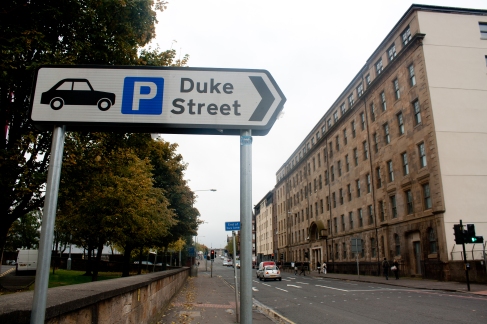THE GREAT EASTERN- 16TH OF OCTOBER, 2012
I spent last night researching more into The Great Eastern site. I began by researching my given topic by our group, of artists who used the space to exhibit. I found that photographer Kirsten Scheuerl used the space to show her photographs featuring The Great Eastern itself and the men who still lived in the shelter up until it closed its doors in 2001.
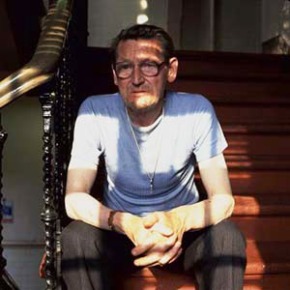
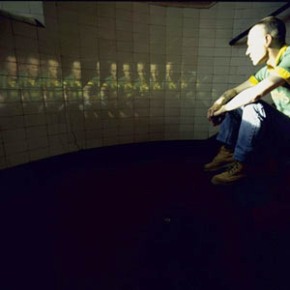
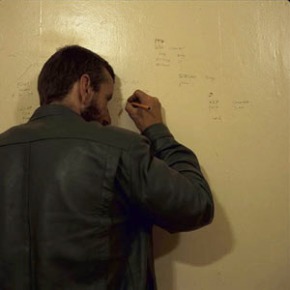
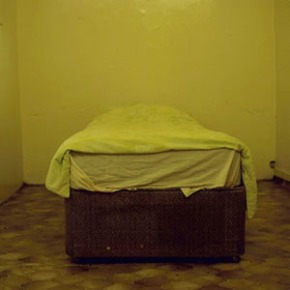
I find the top two photos, taken by Kirsten Scheuerl for her exhibition, portray a great sense of emotion from the men who are actually men that lived in the hostel up until it closed. They both have a sense of fragility and seem to give the idea that the men are reflecting on their time there. The bottom photo, I feel, creates a sense of loss as if something is missing. The stark room shows the very simple, minimal conditions they lived in and the absence of a figure in the bed creates that idea that something is missing or lost. I feel these photos are very relevant to the project we are undertaking at the moment, not only are they taken at the site, and feature the men who actually lived there, but they also portray the Project title of ‘Lost.’
Searching the internet I also found many BBC sites with articles from around the time of the closure of the hostel.
This article explains the history of hostel and it’s closure: http://news.bbc.co.uk/1/hi/scotland/1516083.stm
One article, I found to be very interesting, as it featured direct quotes from a former resident who had experienced first hand the living conditions within the hostel.
He said: “The lice were crawling round the walls.” “The beds were saturated, soiled and had holes in them. They just treated you like an animal and it was a place for down-and-outs where they didn’t care what happened to them.” I found this to be particularly disturbing and saddening.
(Full BBC article here: http://news.bbc.co.uk/1/hi/scotland/4143643.stm)
I wanted to see for myself the inside of the building at the time of closure. I then found photographs of the inside of the building
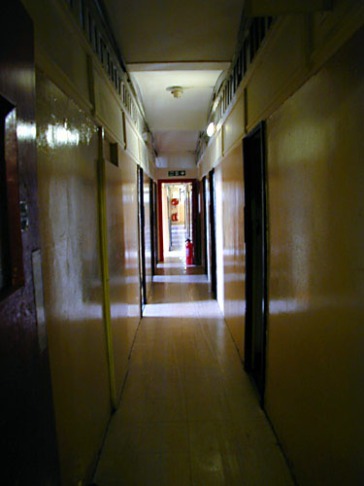
Shows the long corridors of the building with the many cramped rooms coming off them.
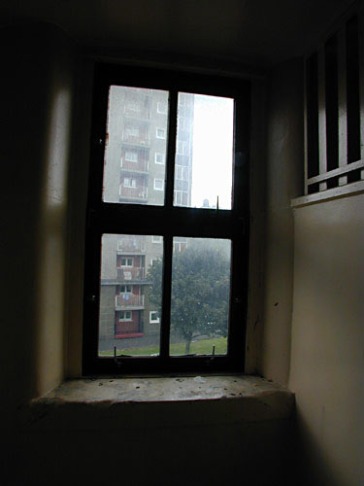
This photograph shows the very small windows the men had in their rooms and also the old run down flats situated across the road from The Great Eastern which are now replaced by modern flats.
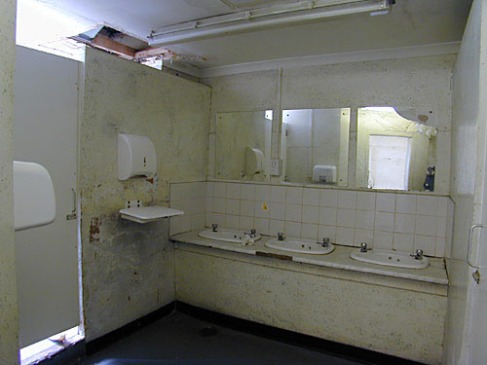
The image shows the toilets the men had to use and the bad condiion they were in.
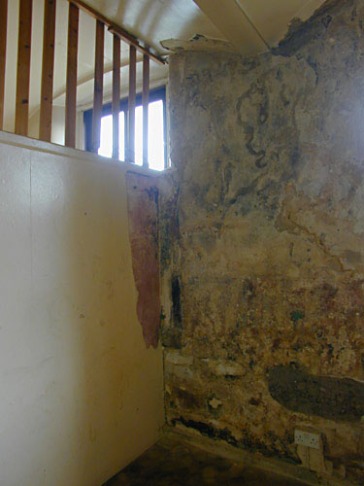
Some of the walls were completely covered in dry rot and the men had to sleep in the cubicle next to this.
I felt after reading this I wanted to find out if there ever was a time, when the building was a hotel, when it was associated with happier memories and did not always have this bad image.
I found a forum online where people could discuss The Great Eastern. It features a lot of personal accounts of experiences with the building when it was a working man’s hotel, before becoming the hostel. (http://www.hiddenglasgow.com/forums/viewtopic.php?f=15&t=275&sid=e3bc99f25ff3e38e3e8b20e6d38fd66f)
One member of the forum claimed that in the 1950’s and 60’s the hotel was used by young men coming down from the Scottish Highlands to work in Glasgow. They said the restaurant situated in the hotel was still functioning and being used by residents of the surrounding areas in the mid- 60’s but the standards of the building had began to slip a bit.
On the same forum I found an advertisement posted by a member dating from 1911. The advertisement had featured in an old theatre programme for the Coliseum on Eglinton Street in Glasgow.
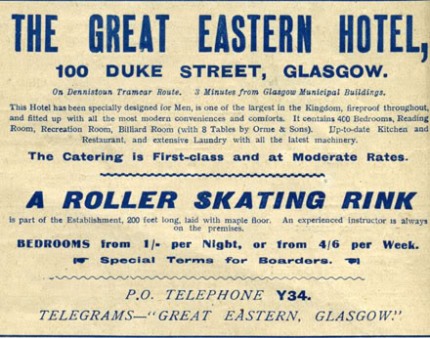
Advertisement for The Great Eastern from 1911.
I find this piece of research to be the most interesting so far. The contrast between this advertisement, and the positive, social elements of the former hotel it conveys, and the run down hostel with poor living conditions it turned into, is one which I feel shows a severe loss of something enjoyable and joyous.
When our group met in the studio today we discussed the information we had found over night. Some members were not present at the discussion but we decided to put forward what we had found so far. We brainstormed ideas and aspects of the research we found particularly interesting and something which we felt portrayed a sense of loss. Each of us found the advertisement from 1911 to be quite a prominent bit of research and discussed how the hotel as a pleasant, social place had been lost. along with the hotel’s grand image and place for the community to gather.
We wanted to create a piece of thought-provoking work. We liked the idea of an advertisement or banner conveying a message and the loss of social aspects and community. The advertisement showed how sociable the building was. It was a place for the community to get together and the idea of raising awareness of this, of questioning whether or not the community still had a place like The Great Eastern any more, stemmed from that.
After brainstorming we decided to go away and research other artist’s to help our piece and come back the next day.
 At the end of this project, I feel happy with what I contributed to the group. I researched a lot into the site and put forward many ideas some of which we used in our final piece. I created the animation, which we ended up not using, and along with helping generate ideas, create the banner and install it, I also took the final photograph of the banner outside the site and edited it. I felt our group worked very well together. Some members did not show up to group studio sessions but those of us who did, worked together to create our final piece and all contributed to it. We all brought different ways of thinking to the project also as we were from different disciplines and I felt I learned other ways of looking at things and creating pieces of work because of this. I felt we managed our time well but if we had to do the course again, I would make sure we got the projector as soon as we decided we were going to use it in the first week, so we did not come across the problem of not getting one and not leaving ourselves enough time to resolve any technical issue that could arise with it.
At the end of this project, I feel happy with what I contributed to the group. I researched a lot into the site and put forward many ideas some of which we used in our final piece. I created the animation, which we ended up not using, and along with helping generate ideas, create the banner and install it, I also took the final photograph of the banner outside the site and edited it. I felt our group worked very well together. Some members did not show up to group studio sessions but those of us who did, worked together to create our final piece and all contributed to it. We all brought different ways of thinking to the project also as we were from different disciplines and I felt I learned other ways of looking at things and creating pieces of work because of this. I felt we managed our time well but if we had to do the course again, I would make sure we got the projector as soon as we decided we were going to use it in the first week, so we did not come across the problem of not getting one and not leaving ourselves enough time to resolve any technical issue that could arise with it.


